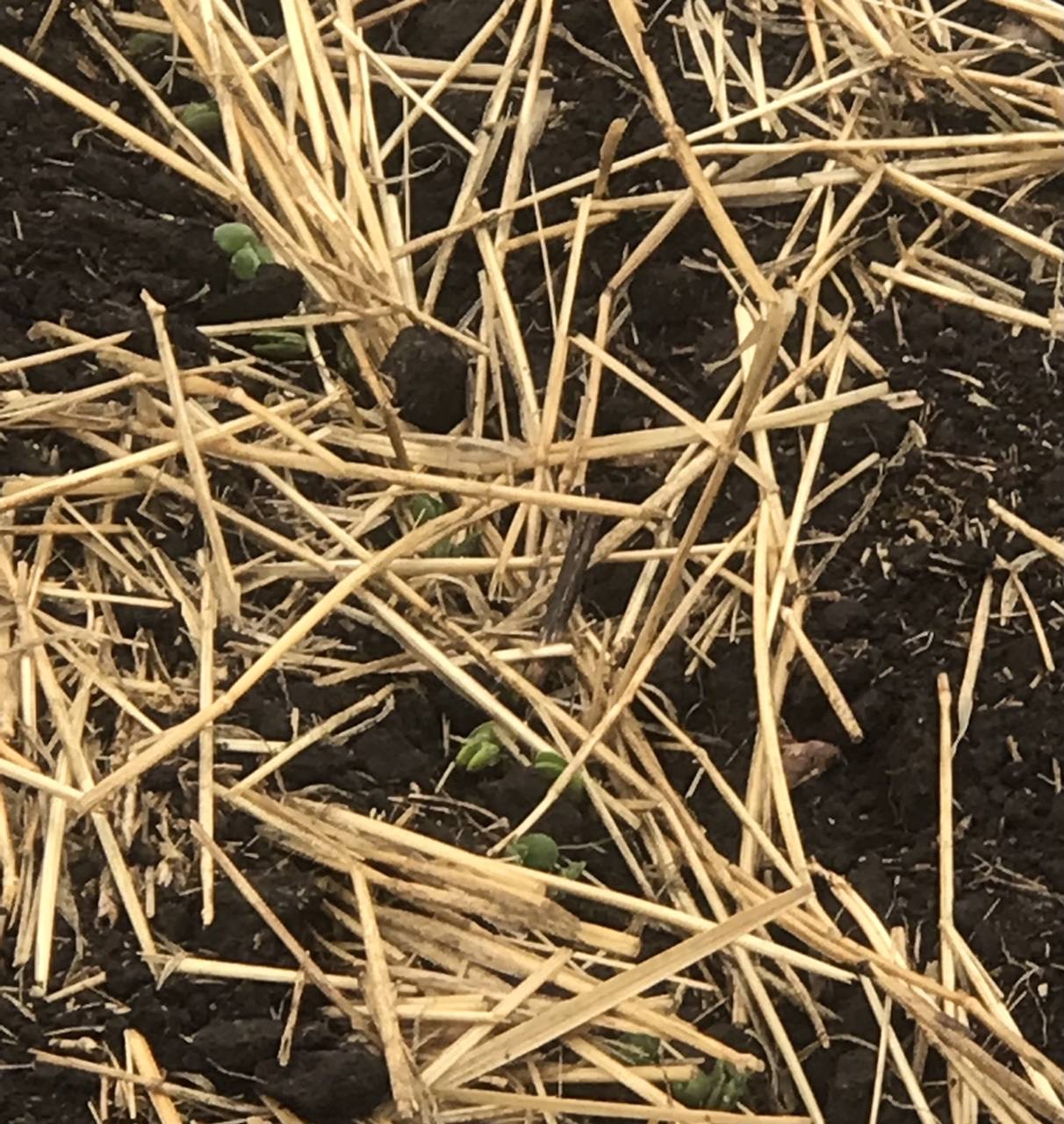CC…. Do you ever look in the mirror?
Right back at you…. Planting trees CC… I never heard Minister Ritz once … tell farmers not to plant trees in circumstances that warranted doing so….
Many were ripping them out… because zero till radically changed soil conservation… not at all the case with summer fallow and deep tillage each fall.

Taxpayers should not be responsible for EV purchases… Carbon credits… so many many subsidies that make no economic or rational logical common sense.
Blessings… praying for rain!!!
Right back at you…. Planting trees CC… I never heard Minister Ritz once … tell farmers not to plant trees in circumstances that warranted doing so….
Many were ripping them out… because zero till radically changed soil conservation… not at all the case with summer fallow and deep tillage each fall.

Taxpayers should not be responsible for EV purchases… Carbon credits… so many many subsidies that make no economic or rational logical common sense.
Blessings… praying for rain!!!




Comment